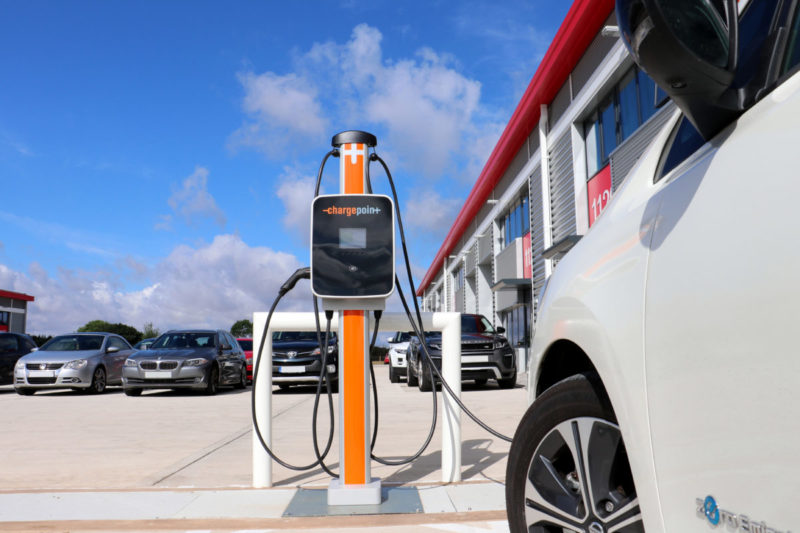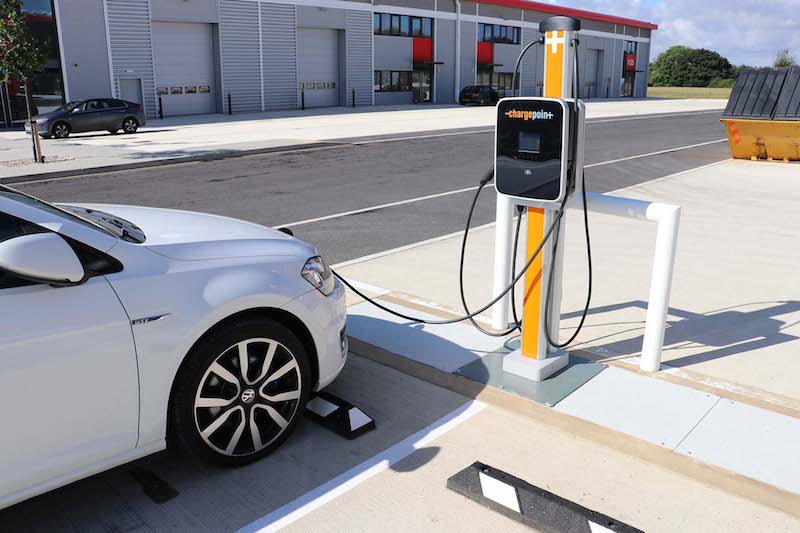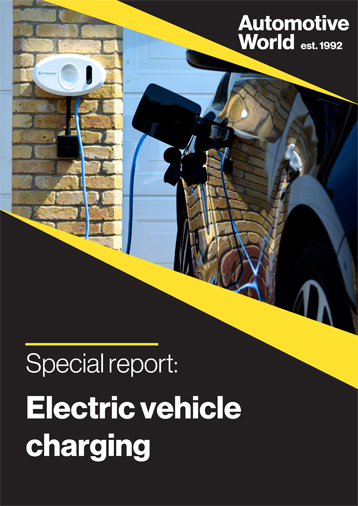The move towards mainstream deployment of electric vehicles (EVs) in corporate fleets is driven by five core factors. These include the sustainability commitments that are raising awareness of a need to go electric, the performance and availability of vehicles, legislation to ban diesel and gasoline vehicles, solutions to support fleet management where charging is mission-critical, and ultimately the total cost of ownership (TCO).
As more businesses have started to invest in the next generation of EVs, the higher upfront cost compared to traditional internal combustion engine (ICE) vehicles has been seen as a barrier. However, these upfront costs, represented by the purchase price of the vehicle and installation of the charging infrastructure, can be offset by the lower operating expenses afforded by EV operation.
Government subsidies and electricity costs are critical for TCO and encouraging signs can be seen cross Europe, particularly in countries like Germany where significant subsidies can help fleet managers to buy and charge EVs. A lower TCO will flip the tipping point for mainstream electrification in transport and therefore subsidies must be not only maintained but expanded as well.

Despite EV prices dropping substantially in the past few years, the cost of a new diesel medium- or heavy-duty vehicle can be almost half that of its EV counterpart. While varying by region, government subsidies can bring down the cost of purchase, but even the most generous will not bring it quite to parity. That being said, it will not be long until costs are similar; recent research by BloombergNEF posits that the cost to produce larger EVs such as sedans and SUVs will reach price parity by 2026, with small cars to follow in 2027.
Secondly, whilst fleets have spent over a century perfecting the simple infrastructure needed to store and distribute ICE fuel, the move to EVs requires entirely new infrastructure. This needs to be thought through: fleets cannot merely install a few sockets and hope for the best. A thorough understanding of the fleet’s needs, use cases and deployment is required. Businesses must ask themselves: will vehicles charge only overnight at the depot, or will they be taken home by drivers and charged there? Will these vehicles often drive beyond their range, meaning public or ultra-fast DC charging will be needed for a quick turnaround at the depot?
By scheduling charging at off-peak rates or setting a power ceiling to reduce utility demand charges, fleets can further optimise their electricity use
The right smart charging technology is integral to electrification. It can help fleets save money by reducing energy costs and optimising fleet operations by integrating with existing fleet management software, ensuring that the right vehicle is always charged at the right time. By scheduling charging at off-peak rates or setting a power ceiling to reduce utility demand charges, fleets can further optimise their electricity use to save money.
Where and how a vehicle is charged can have a significant impact on the TCO of running an electric fleet. In the UK for instance, there is a positive TCO brought about by extremely beneficial tax rates on company cars. If these vehicles are charging at the driver’s home, the cost per mile can be calculated at £3.44 (US$4.85) per 100km, based on figures at the time of writing. This is compared to £6.64 per 100km in diesel for the average van on the roads today. If that vehicle—like in most fleets—were to charge at the depot or workplace where electricity costs are even lower than in residential circumstances, cheaper electricity rates would bring the difference into even starker contrast.
If public charging is to be included, this could negatively impact TCO. In France, for instance, if you have a company car but cannot charge at home—for example if you live in an apartment in the city centre of Paris—you have two options: charging at the office if a charger is available, or charging on the street. But in Paris, the pricing is connected to the level of power output—you pay more to charge faster—and if you have a plug-in hybrid electric vehicle (PHEV) you can only charge at 3kW. This makes the TCO savings of a PHEV obsolete in such cases, as that TCO is driven by driving fully electric when possible. With a full EV, this hit would not be as impactful, but the TCO would still be impacted compared to charging at home, work or at the depot.

The TCO of EVs is not just driven by cheaper fuelling costs. EVs experience significantly fewer maintenance needs, major repairs, and downtime compared to diesel and gasoline vehicles; there are only 20 moving parts in an electric engine compared with nearly 2,000 in an ICE. This immediately illuminates the requirement for expensive maintenance items related to the ICE, such as oil and filter changes, exhaust after-treatment maintenance, and diesel emission fluid (DEF) replacement. Maintenance and repair of ICE components like spark plugs, fuel injectors, carburettors, water pumps, belts, and transmissions are all also no longer needed.
On top of this, a growing number of cities are introducing high costs to operate ICE vehicles in ultra low emission zones. That’s why, even though timelines vary, nearly all major industry players, as well as ride-sharing leaders Uber and Lyft, have promised 100% zero-emission fleets in the coming years as these costs can in some cases match or exceed fuel costs in cities like London for low mileage vehicles.
Early adopters of EV fleets have already realised the 20-25% cost savings that come from greater efficiency, more affordable fuelling and reduced maintenance, putting themselves in a pole position for expansion as more vehicles become available and the policy environment moves further towards electrification. McKinsey estimates that by 2030, electric fleets will have a 15-25% lower TCO than those with ICE vehicles; businesses that are already well versed in the new normal are well-positioned to realise these savings. Even if EVs are somewhat more expensive right now, the curve will flatten, enhancing the TCO even more.
About the author: Alain Costa is Head of Fleet Europe at ChargePoint




